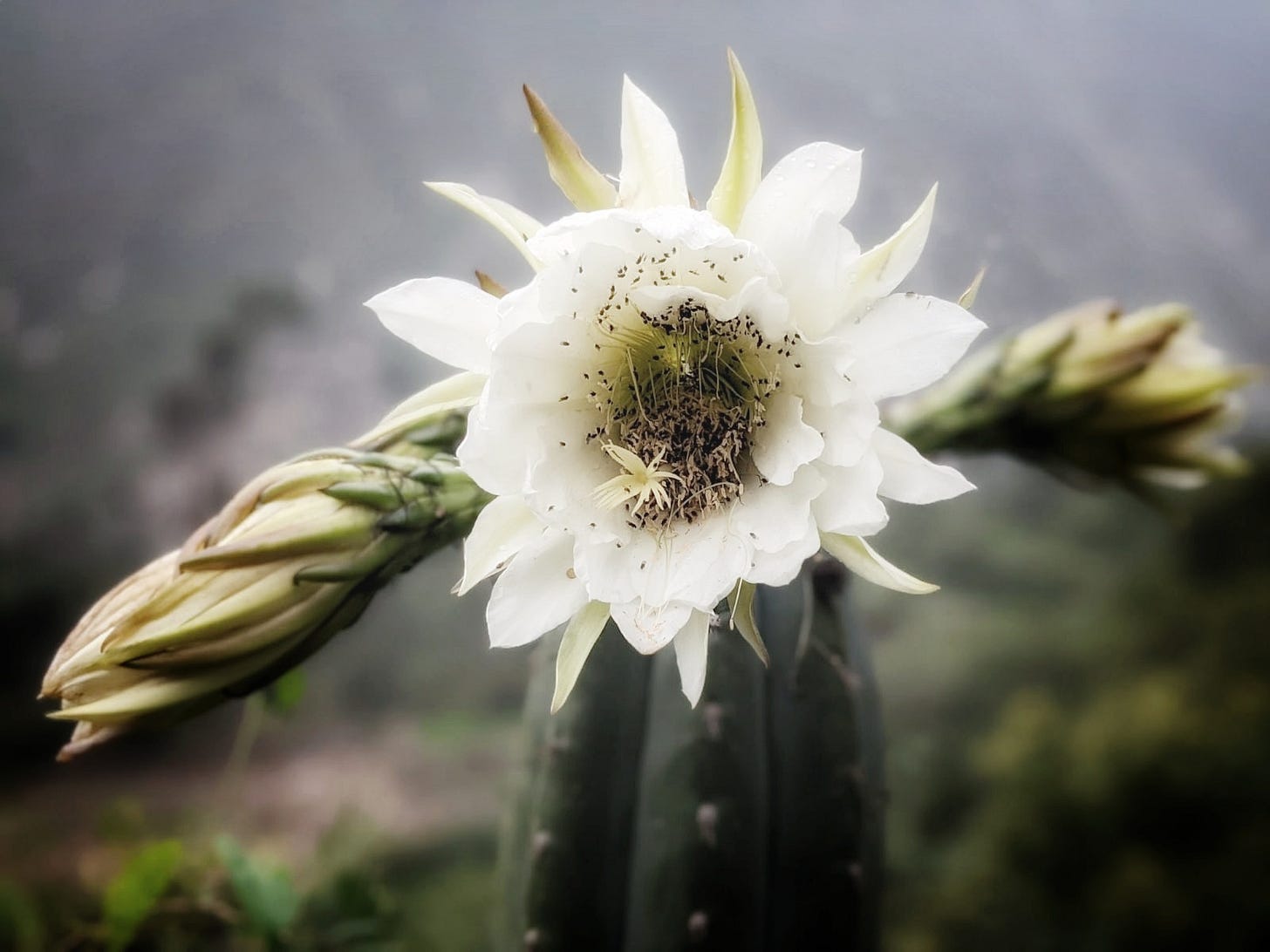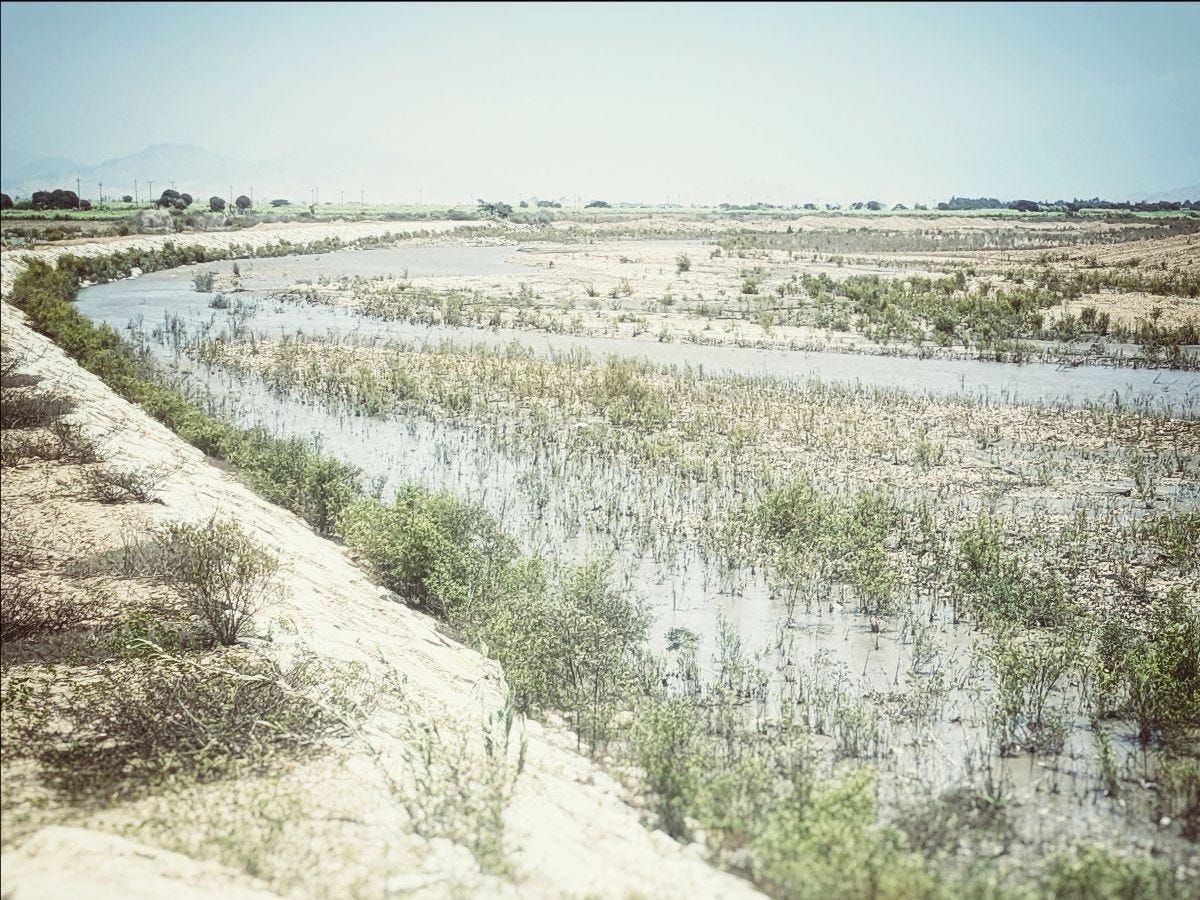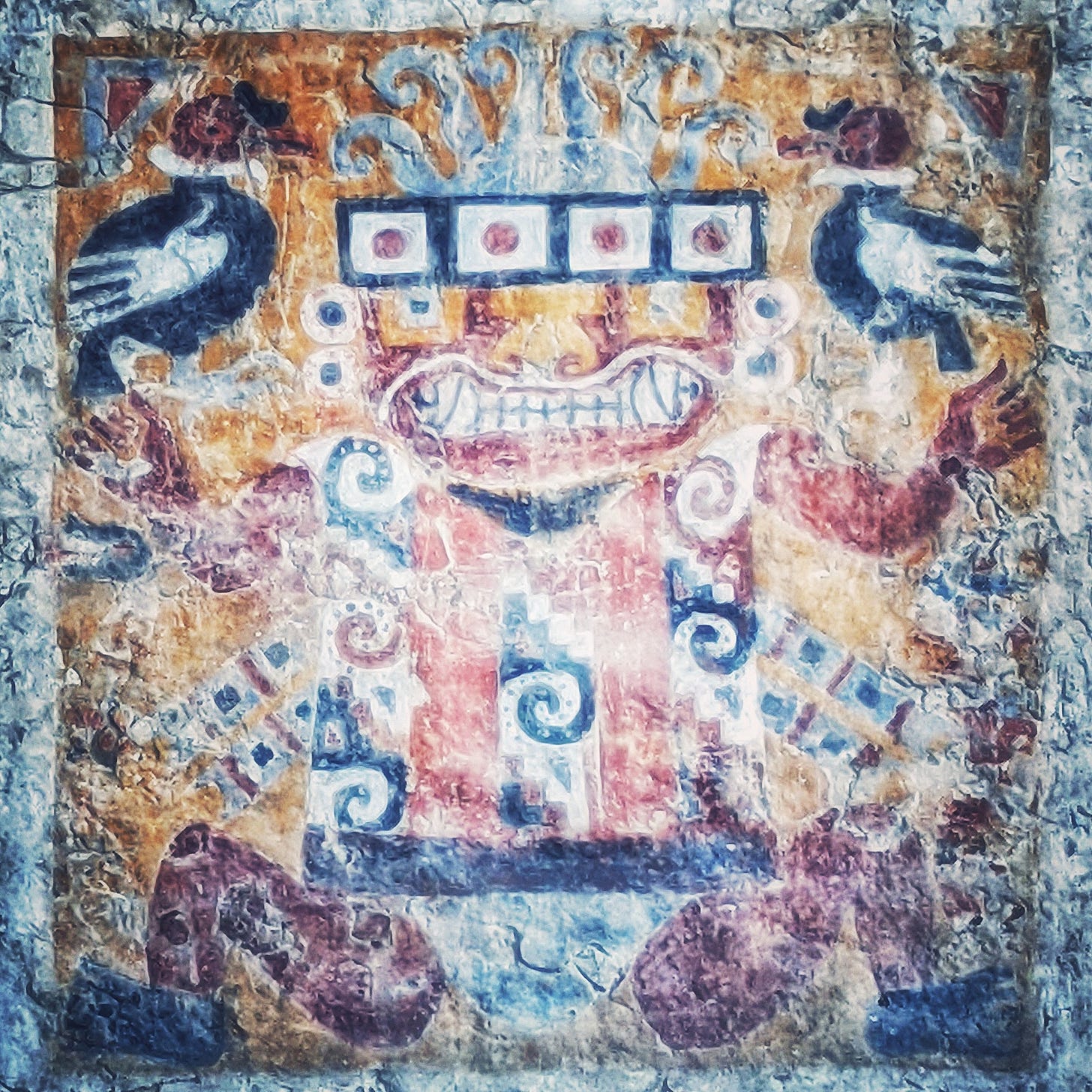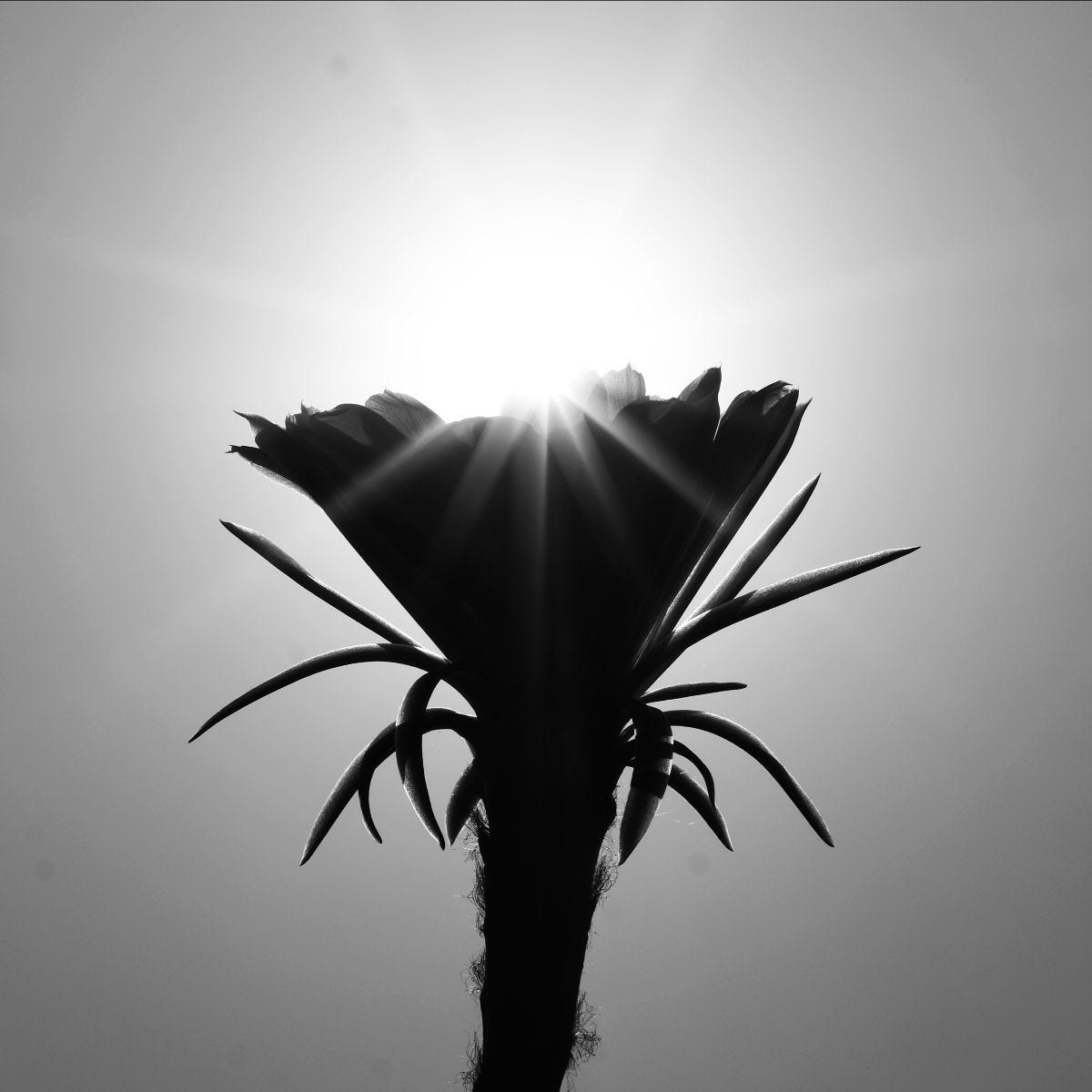Stories of Water
Volume 2 | 11 February 2021
Stories of Water
Happy new moon, friends!
My desire to write AGUACOYA stems from a vital truth that is often missed: that at its core, San Pedro is a medicine of relationship. How much is robbed from the plant when we pretend it exists in isolation? How rich does its world become when its stories are told in relationship with the rain and the honeyed sunlight, with the bright birds and the aroma of dark soil, as they have been told for millennia?
Today I will share one such story of relationship – perhaps the plant's most important relationship of all – as I have observed it over the last four years in Peru. I don’t know the whole story yet, and I probably never will. Many who have spent a lifetime tracking the sun across the sky and feeling the tides move in their blood, as their ancestors did before them, could tell it better.
But I believe I can be the person – here – today – to share the story with each of you.
It is the story of water.
Last week Josip and I drove north up the coast from Lima to Trujillo through the desert to end all deserts. To our left, the Pacific – the biggest open stretch of water on Earth, bordered by the frigid Humboldt current which rushes north from Antarctica. To our right, the highest tropical mountains on Earth, rising from foothills to glaciers in a vertiginous sweep. Not a single plant can grow in the desert that separates them, save for in the periodic river valleys that connect Andes with sea.
Each morning greets us with blue skies and cool onshore winds. In the early afternoon, the chill air condenses and gathers in thick clouds against the wall of the Andes; by evening, the rivers enter the sea red with silt from mountain rains.
Most of the coast of South America has this unique geographical configuration, which amounts to an enormous thermal water pump. Without the rains born from the generative relationship between sea and mountain, the San Pedro cactus would not grow. Nothing would grow: no spectacled bear, no matico tree, no human being.
It is a cycle which gives life not only to the Andes and to the entire Amazon rainforest, but also lends crucial balance to the global climate.
The ancient cultures of Peru knew that life came from the sea.
In Inca mythology, all water sources are connected by underground rivers that wind like serpents toward a single cosmic ocean. This mother-sea encircles the earth and flows through the Milky Way, from which it pours as rain to fertilize the land.
The Incan creator god, Viracocha – whose name means ‘sea foam’ in Quechua – was son of the sea. At birth, he brought with him the sun, the moon, the animals, and the plants. To the sky he flung stars, and these he arrayed in the cosmic river of the Milky Way. Viracocha shaped the ancestors of the Andean people from the mud at the water’s shore and dressed them in bright clothing. They were given language, customs, and songs.
Then Viracocha sent them along subterranean waterways to emerge in caves, springs, and lakes throughout the Andes. The ancestors climbed from their places of origin, wiping the earth from faces filled with wonder, greeting the mountains that were to be their gods and the rivers that would nourish them.
It is no wonder, then, that even today we find clamshells and spondylus left as offerings at water shrines throughout the Andes. It is no wonder that in ancient temples several weeks’ walk inland, shamans used conch-shell trumpets during San Pedro ceremonies to invoke the origin-sound of the sea. It is no wonder that the oldest stone engravings in the mountains depict shells and sea creatures alongside the cactus.
When we use the Northern name for San Pedro – Aguacoya – a hybrid Spanish-Quechua word that means “Water Queen” – we are acknowledging that the cactus is a grateful recipient of the rain from the Pacific-Andean 'water pump.'
But it is not only that. The plant receives the blessing of the waters, and returns it. Aguacoya is the being who connects people with the watery, subterranean world of the ancestors. The translator for Mamayaku, the Mother of the Waters. The chalice that holds the holy water. A part of the Andean water cycle as vital as liquid and vapor.
On Saturday we stood on a hill overlooking the Supe river delta, the coastal site which gave birth to the oldest civilization in the Americas – older than any world civilization save Mesopotamia.
The sea foamed white against the shore as far as we could see from north to south. It made an ancient sound that was also a physical vibration. It occurred to me that the people who built those first monuments of civilization six thousand years ago were accompanied by the same exact sound. Sssssssshhh. Time’s long ends came together like the fastening of a necklace. Click.
Josip’s mind was following the same path – like a walk on the beach just close enough to the water that we swerve back and forth to avoid the spreading waves.
“It’s all here,” he told me. “The beginning, the climax, the beginning again. Pendant and closure of a necklace; mouth and tail of a serpent. Circling to the East is all that is solid and known, circling to the West is all that is unknown; but between them is life.”
In that moment I understood what he meant. Here live all the origins and ends. Here lives the primordial dragon with one tail and two heads. Here is the single black stone on a white string of beads. Here, mouth and mantle of all the gods.
Aguacoya.
With love,
Laurel
P.S. We love to hear what you think! Reply to this email to let us know what it brought up for you, or forward it to a friend with a thing for San Pedro.











